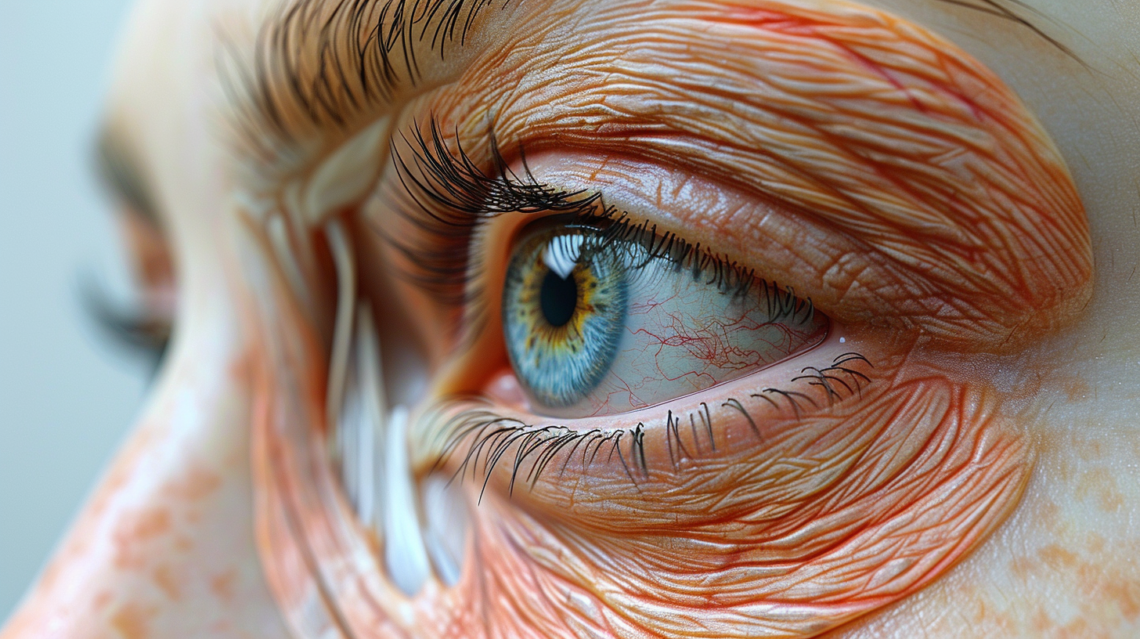
Rare Disease Spotlight: Chronic Progressive External Ophthalmoplegia
Chronic Progressive External Ophthalmoplegia (CPEO) is a debilitating condition primarily characterized by the gradual loss of eye muscle function and eyelid movement, affecting either one or both eyes. This condition, which typically commences between the tender ages of 18 and 40, manifests through a series of symptoms that severely impair the quality of life of those affected. Among the most prominent symptoms are weakness or paralysis of the eye muscles, known medically as ophthalmoplegia, and droopy eyelids, referred to as ptosis. These symptoms not only hinder the physical aspects of eye movement but also contribute to a range of emotional and psychological stresses, as the affected individuals grapple with the progressive nature of this condition.
CPEO, while primarily affecting the muscles around the eyes, can also be associated with a spectrum of other conditions that further complicate the clinical picture for those diagnosed. When symptoms extend beyond ophthalmoplegia and ptosis, the condition may be classified as Progressive External Ophthalmoplegia Plus (PEO+). This broader syndrome can include skeletal muscle weakness (myopathy), which significantly affects mobility and daily activities, difficulty swallowing (dysphagia) that can lead to nutritional challenges and an increased risk of aspiration pneumonia, hearing loss which impacts communication and social interaction, impaired muscle coordination (ataxia) that further limits mobility and independence, and a loss of sensation in the limbs from nerve damage (neuropathy), leading to a decreased quality of life and increased risk of injury.
The range of symptoms associated with CPEO varies from mild to severe and tends to exacerbate over time, signifying a progressive decline in muscle function that can lead to increasing disability. This progression underscores the importance of early diagnosis and intervention to manage symptoms and improve the overall quality of life for those affected. CPEO can be inherited, passed down from parents to their children through genetic mutations that affect mitochondrial DNA, which is crucial for energy production in cells. However, it can also occur spontaneously in individuals with no family history of the condition, resulting from de novo genetic mutations.
The management of CPEO and its associated conditions requires a multidisciplinary approach, tailored to the individual needs of the patient. Treatment strategies may include physical therapy to maintain muscle strength and mobility, speech therapy to address difficulties with swallowing and communication, nutritional support to ensure proper diet and manage dysphagia, and surgical interventions for ptosis to improve eyelid function and vision. Additionally, hearing aids and other assistive devices may be necessary to manage hearing loss, while regular monitoring and management of neuropathy are critical to prevent injuries and complications.
To learn more about CPEO, click here.

